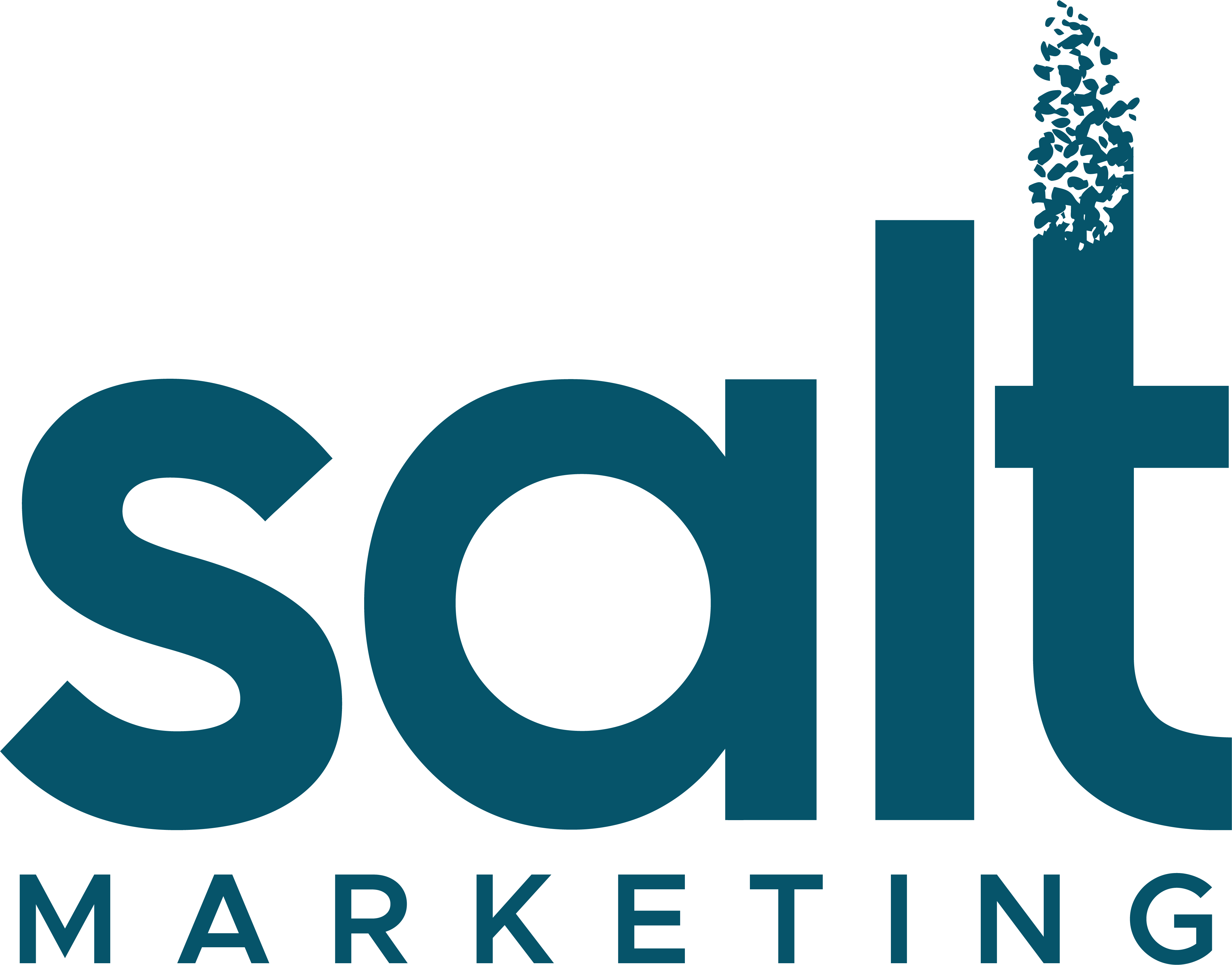In the service-oriented health and wellness industry, the investment required for an effective marketing budget can often be a topic of uncertainty for practitioners and entrepreneurs. As the demand for wellness services continues to rise, so does the need to attract a steady stream of inbound wellness-seekers. However, understanding how much to allocate towards marketing efforts can be daunting. From paid advertising to professional support, finding the right balance between investment and return is crucial. In this post, we'll delve into the right balance for a marketing budget in the health and wellness sector, providing valuable insights to help practitioners make informed decisions for their businesses.
Budgeting for Inbound Marketing
To kickstart your marketing efforts, it's essential to establish a realistic marketing budget for inbound. This includes expenses for content creation, search engine optimization (SEO), email marketing, and lead generation. While the specific budget may vary depending on factors such as your target audience and market competitiveness, allocating a sufficient amount towards inbound marketing is crucial for attracting and nurturing leads over time.
Why Investing in Your Own Email List Matters
Building and nurturing your own email list is paramount to long-term success. Unlike "borrowed" lists on social media platforms, which are subject to algorithm changes and platform policies, an email list is an asset you own and control. Here's a deeper look into why investing in your own email list is crucial for health and wellness practitioners looking to grow their business:
- Direct Access to Your Audience:
With an email list, you have direct access to your audience's inbox, bypassing the noise of social media feeds and reaching them where they're most engaged. This direct line of communication ensures that your messages are delivered reliably and are more likely to be seen by your target audience.
- Enhanced Relationship Building:
Email marketing provides a unique opportunity to build meaningful relationships with your audience over time. You can cultivate trust and loyalty with your subscribers by consistently delivering valuable content, nurturing leads, and offering personalized experiences. This deeper connection can lead to increased engagement, repeat business, and referrals.
- Long-Term Sustainability:
Investing in your own email list is an investment in the long-term sustainability of your business. Unlike social media platforms, which can fluctuate in popularity and effectiveness, email marketing has stood the test of time as a reliable and cost-effective marketing channel. By focusing on building and nurturing your email list, you're laying a solid foundation for sustainable growth and success.
Evaluating Paid Advertising Expenses
Paid advertising on platforms like Google and Meta (Facebook) can be a valuable addition to your marketing strategy, but it comes with its own set of costs. Ad placement, targeting options, and competition can impact the overall expenditure. It's important to carefully assess the potential ROI of paid advertising campaigns and allocate funds to maximize results while staying within your marketing budget constraints.
The Importance of Strategy Over Tactics
Chasing the latest shiny marketing tool or tactic often leads to disappointment and wasted resources. New platforms, technologies, and trends emerge constantly, tempting businesses to jump on the bandwagon in pursuit of quick wins. However, the only true ROI on your marketing budget spend comes through a solid strategy consistently applied over time.
While it's tempting to seek out the latest fads or gimmicks, these fleeting trends rarely deliver sustainable results. In many cases, they distract from the foundational principles of effective marketing: understanding your audience, crafting compelling messaging, and consistently delivering value. Instead of constantly chasing the next big thing, health and wellness practitioners should focus on developing a strategic marketing plan tailored to their unique goals and target audience.
A solid marketing strategy takes time to develop and implement effectively. It requires thorough research, careful planning, and ongoing optimization based on data and insights. By investing in a strategic approach with your marketing budget, practitioners can build a strong foundation for long-term success and sustainable growth. This means prioritizing tactics and channels that align with their business objectives and resonate with their audience rather than simply following the latest trends.
Consistency is key when it comes to marketing success. It's not enough to launch a campaign or try out a new tactic once and expect immediate results. Effective marketing requires ongoing effort and commitment to consistently deliver valuable content, engage with your audience, and build trust over time. By focusing on the fundamentals of effective marketing and staying true to their core objectives, practitioners can achieve meaningful results and drive long-term success in their businesses.

Professional Marketing Support vs. DIY Approach
One common dilemma for health and wellness practitioners is whether to invest in professional marketing support with their marketing budget or handle the marketing efforts themselves. While DIY approaches may seem cost-effective initially, they often lack the expertise and resources needed to drive significant results. Professional marketing teams bring experience, industry insights, and scalability to the table, offering a higher potential for ROI in the long run.
Building Authority in the Marketplace
Establishing authority in the crowded health and wellness marketplace requires consistent effort and investment. From creating high-quality content to engaging with your audience on social media, building authority takes time and resources. While the initial costs may seem daunting, the long-term benefits of becoming a trusted authority in your niche far outweigh the initial investment.
Outsourcing vs. In-House Marketing
Another consideration for health and wellness practitioners is whether to outsource their marketing efforts or keep them in-house. While outsourcing may seem like an additional expense, it often proves to be more cost-effective in the long run. Outsourcing allows practitioners to tap into specialized expertise, access advanced tools and technologies, and free up valuable time to focus on their core business activities.
FAQs About Your Marketing Budget:
1. How much do I need to budget for inbound marketing?
Budgeting for inbound marketing can vary depending on factors such as your business goals, target audience, and competitive landscape. As a general guideline, it's recommended to allocate around 5-10% of your total revenue towards marketing efforts. For health and wellness practitioners, this could translate to a budget ranging from a few hundred to a few thousand dollars per month. However, the exact amount will depend on your specific circumstances and objectives.
2. How much should I expect to spend on paid advertising (Google, Meta, etc.)?
The amount you should spend on paid advertising will depend on various factors, including your advertising goals, target audience, and industry competition. It's advisable to start with a modest budget and gradually increase it as you gain insights into what is most effective for your business. A common approach is to allocate a percentage of your marketing budget, typically around 20-30%, to paid advertising channels like Google Ads, Meta (formerly Facebook Ads), and other relevant platforms.
3. Is professional marketing support worth the investment, or should I do it myself?
While it may be tempting to handle marketing efforts internally to save costs, professional marketing support can offer numerous benefits for health and wellness practitioners. A skilled marketing team brings expertise, industry knowledge, and access to advanced tools and technologies that can drive better results and ROI. Additionally, outsourcing marketing allows you to focus on your core business activities while leaving the marketing tasks in the hands of professionals who can deliver tangible results.
4. How much does it cost to build authority in the marketplace?
Building authority in the marketplace is a long-term investment that requires consistent effort and resources. The cost of building authority will vary depending on factors such as your niche, target audience, and competition level. It may involve expenses for content creation, thought leadership initiatives, networking events, and strategic partnerships. While the upfront costs may seem significant, the long-term benefits of establishing yourself as a trusted authority in your industry can far outweigh the initial investment.
5. Will it cost more to outsource marketing than if we just do it ourselves?
While outsourcing may involve upfront costs in your marketing budget, it can often be more cost-effective in the long run compared to handling marketing efforts internally. Professional marketing agencies have the expertise, resources, and scalability to deliver results efficiently, ultimately saving you time and money. Additionally, outsourcing allows you to access a diverse skill set and stay ahead of industry trends without the overhead costs of hiring and training an in-house team. Ultimately, the decision will depend on your budget, goals, and resources available.
Rethinking Marketing Metrics: From Vanity to Revenue
While metrics like website traffic and lead generation are important indicators of marketing success, they ultimately pale in comparison to the only true measure of ROI: dollars in the bank. Instead of chasing vanity metrics, focus on strategies that drive tangible revenue growth and contribute to the bottom line of your business.
Partnering with Salt Marketing for Results-Driven Solutions
At Salt Marketing, we understand the unique challenges and opportunities facing health and wellness practitioners in today's competitive landscape. With our proven track record of delivering results, we can help you navigate the complexities of marketing and achieve your business goals within your marketing budget constraints. From strategic planning to execution, our team is dedicated to helping you unlock your full potential and drive sustainable growth in the health and wellness industry. Contact us today at grow@saltmarketing.co to learn more about how Salt Marketing can help you understand your options when it comes to your marketing budget and maximize your marketing ROI.


